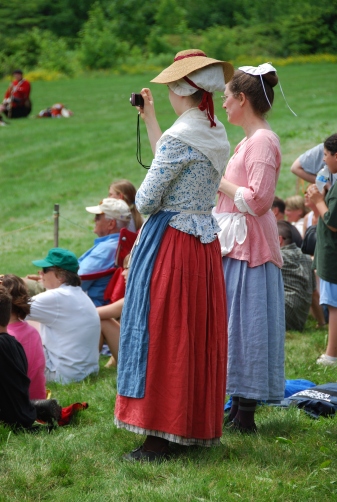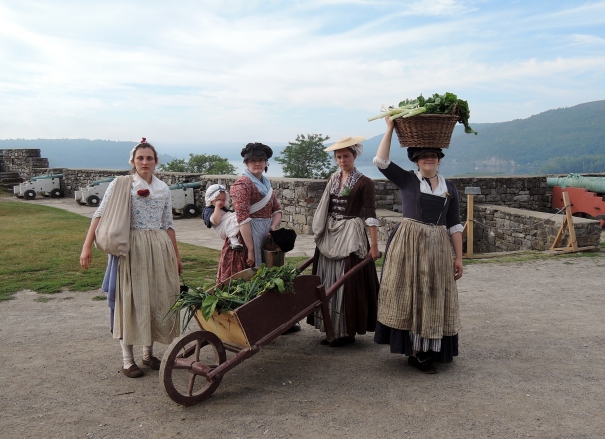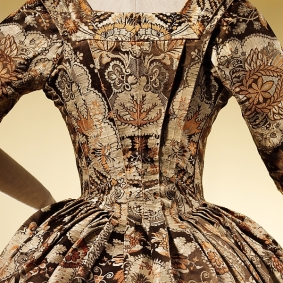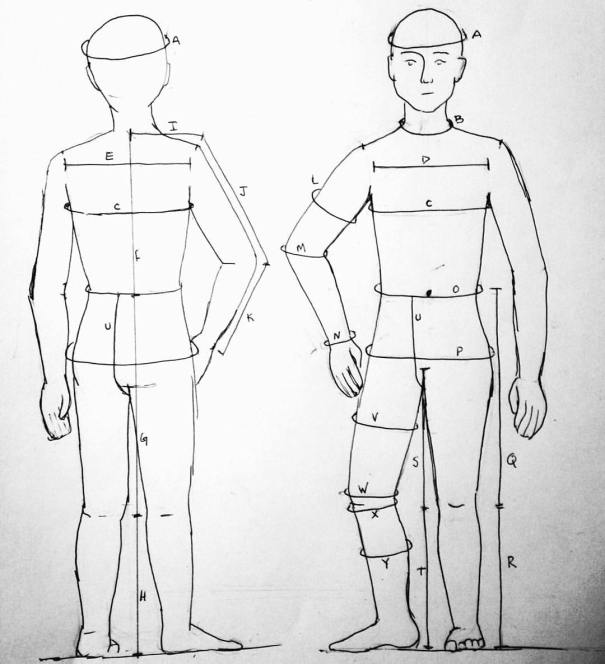I got into a conversation with a friend yesterday in which we found ourselves bemoaning the disparity in the degree of historical accuracy to which male and female reenactors are held at military living history events. [Note: I have this conversation with someone at least every two weeks. Because it’s still a problem, and I have nothing better to do.]
We were discussing how frustrating it is when the fellas spend hours sitting around talking over the finer details of what several-hundred-dollar blanket they must all own, and then turn around and let Jane McDaisyFace come to an event in poorly-fitted clothes because she’s dating Herbert, and “isn’t it nice that she wanted to come, and we should make her feel welcome”.
This is of course true. Without a doubt we should make Jane feel welcome, but let’s make her feel welcome by paying her the respect of assuming she actually cares. I find myself frustrated when I see male recruits being lent coats to wear, and instructed in military drill for hours, while women sit around eating cheddar and supermarket bread because the only activity anyone could image for them was cooking, but no one bothered to explain the process of starting a good fire.

Like I said, I rant about this approximately fortnightly.
Yesterday however I had a new thought: there are settings in which I have come across very similar situations, but with the genders reversed. At some civilian events, and several historical dances I find that the men’s material culture lags significantly behind that of the women. At events where the expectation is that everyone will dress up nice and look pretty, the gents often get a gold star just for showing up, usually in their shirtsleeves, since the only coat they own is a regimental.
Thinking about this I see a distressingly low bar set for women at military events, and one equally low for men in traditionally feminine settings. This is ridiculous: literally worthy of the ridicule I hope I am currently showering upon it. Guys, gals, we’re after a common goal here, lets help each other out. No more work or expense is involved in making sure appropriate clothing is available to male living historians interested in participating in domestic or ‘social’ events than is involved in helping female living historians have the appropriate material culture to participate fully in military reenactments.

This is an example of a society that assumes men like war, and women like dancing, and that therefore the other gender is a lost cause in each scenario. We are better than this! Let’s do ourselves the favor of assuming that women who show up to a military event actually care, and want to be there, and that men attend balls for reasons more extensive than placating their spouses. And let’s all hold everyone, regardless of gender, to the same standards of authenticity in any setting.





